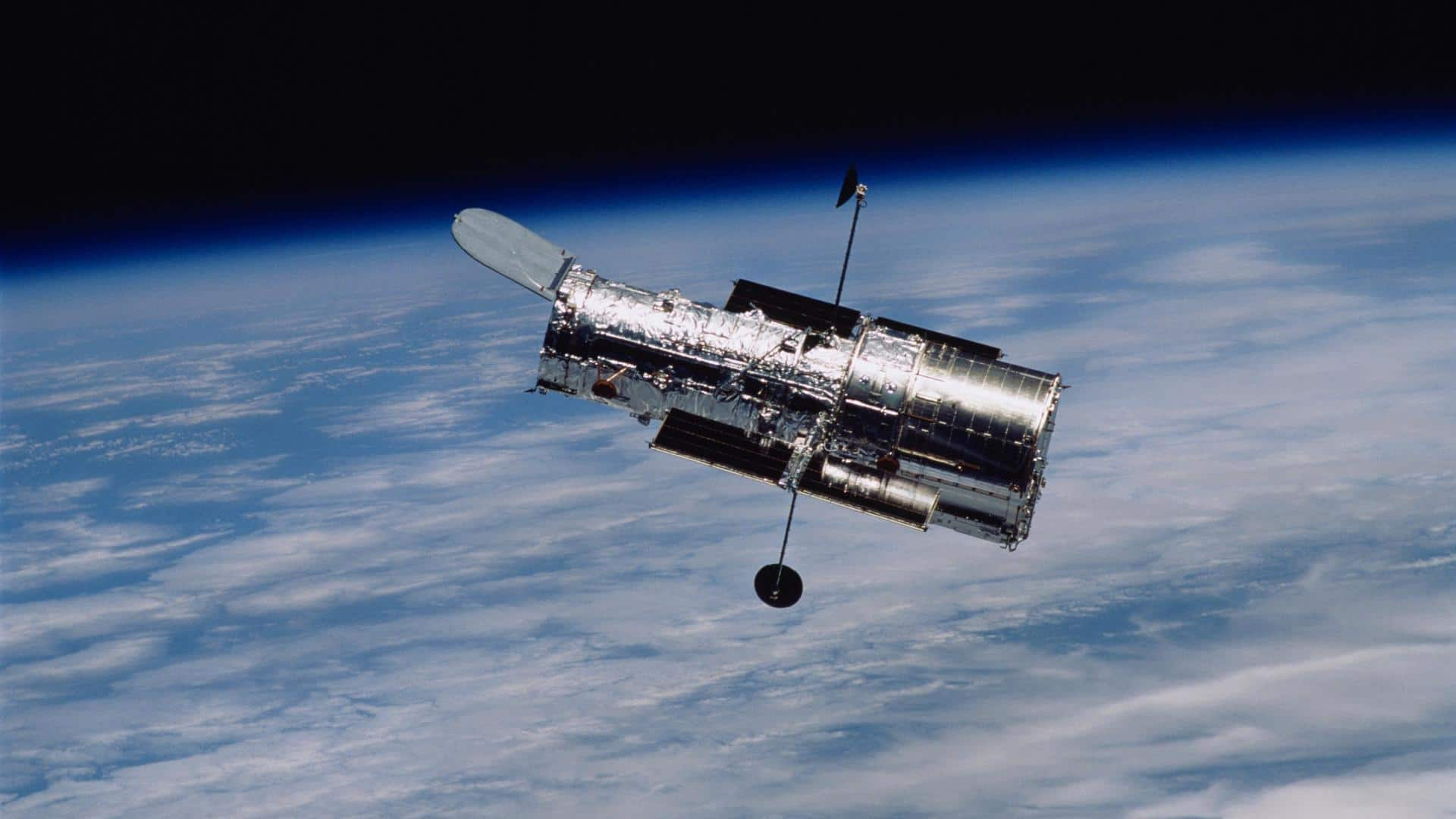
NASA's Hubble Telescope marks 33 years in space: Top achievements
What's the story
This day, 33 years ago, NASA's Hubble Telescope took to space. The observatory has made well over 1.5 million observations, since its launch in 1990.
From its vantage point, about 535km above Earth's surface, the telescope can provide views of space with better detail than ground-based observatories.
Let's take a look at some of the important discoveries by the telescope.
#1
Hubble found that the universe is rapidly expanding
The Hubble Space Telescope helped determine the truth about the expansion of the universe.
The observations helped uncover that the expansion rate of the universe is increasing and that the process is powered by a mysterious energy field, called "dark energy."
Based on its discovery of the Cepheid stars, scientists estimated the age of the universe, 13.8 billion years, approximately three times Earth's age.
#2
The telescope captured comet Shoemaker-Levy 9's impact with Jupiter
One of Hubble's most famous detections happened in 1994. The telescope captured a rare cometary impact when comet Shoemaker-Levy 9 collided with Jupiter, leaving behind large plumes of debris.
Hubble also provided conclusive evidence that supermassive black holes were present at the center of galaxies. The telescope could measure the speed of the matter surrounding black holes, fetching it the title "black hole hunter."
Information
Hubble assessed the elements of an exoplanet
Hubble was the first to directly detect an exoplanet's atmosphere and assess its composition. The exoplanet, called HD 209458-b or Osiris, lies 150 light-years from Earth. The telescope determined the presence of sodium there—the first atmospheric element detected on a planet outside the solar system.
Official words
"Only Hubble could do it!"
"The idea was to gather spectra when the planet was in front of the star and when it moved away," said Professor David Charbonneau.
"By comparing them, we would search for the appearance of new features when the planet was in transit. This required an extremely stable platform that was free from the absorption effects of our atmosphere. Only Hubble could do it!"
#4
"Pillars of Creation" was made famous by Hubble
The iconic "Pillars of Creation," or the Eagle Nebula which plays host to star formation, was snapped by the Hubble Space Telescope in 1995.
The same region was again snapped by the James Webb Space Telescope in 2022.
In 2001, Hubble captured two of Pluto's previously unknown moons, Nix and Hydra. In July 2012, the observatory discovered the fifth moon of Pluto.
#5
The telescope recorded a never-seen-before disintegration of an asteroid
In 2014, the observatory recorded the mysterious disintegration of an asteroid, dubbed P/2013 R3.
The asteroid broke up into as many as 10 smaller pieces, but an event like this had never been observed in the asteroid belt before.
Hubble also revealed that the dwarf planet Eris was larger than Pluto, and helped produce a 3D map of dark matter in the universe.